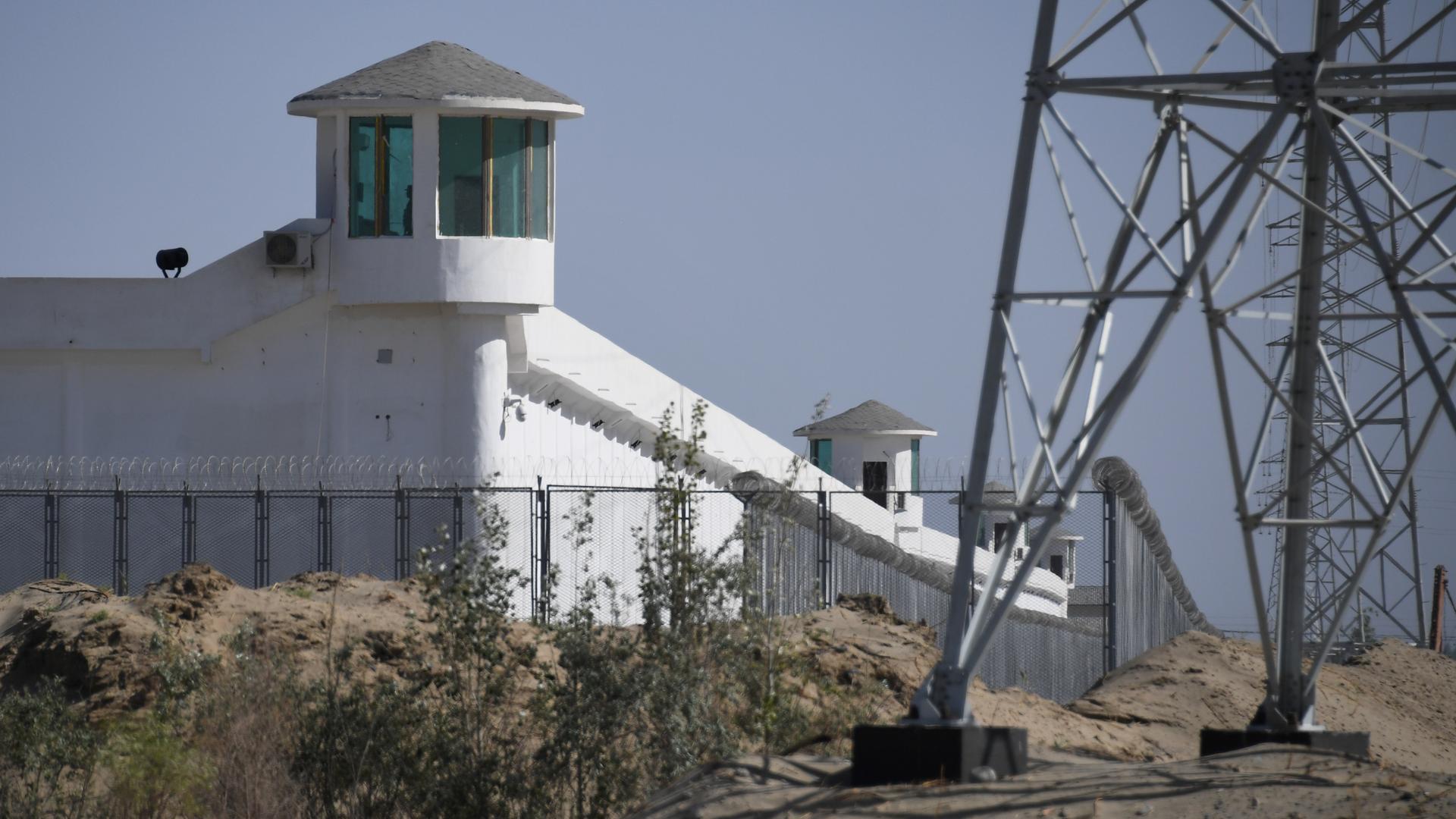
China’s network of detention centres in the northwest Xinjiang region is much bigger than previously thought and has been expanded in recent years, according to research presented by an Australian think tank.
The Australian Strategic Policy Institute said it had identified more than 380 “suspected detention facilities” in the region, where China is believed to have detained more than one million Uighurs and other mostly Muslim Turkic-speaking residents.
The number of facilities is around 40 percent greater than previous estimates and, according to Australian researchers, has been growing despite China’s claims that many Uighurs have been released.
Following the publication of the latest report, Chinese newspaper Global Times reported China had banned Australian Strategic Policy Institute contributors Clive Hamilton and Alex Joske from entering the country.
READ MORE: US blocks some imports from Xinjiang after claims of forced Uighur labour
New constructions
Using satellite imagery, eyewitness accounts, media reports and official construction tender documents, the institute said “at least 61 detention sites have seen new construction and expansion work between July 2019 and July 2020”.
Fourteen more facilities were under construction in 2020 and around 70 have had fencing or perimetre walls removed, indicating their use has changed or they have been closed.
READ MORE: Secret documents reveal how China mass detention camps for Uighurs work
Systematic forced labour
US lawmakers recently voted to ban imports from Xinjiang, citing the alleged use of systematic forced labour.
Beijing recently published a white paper defending its policies in Xinjiang, where it says training programmes, work schemes and better education mean life has improved.
It has defended the so-called training centres as necessary to stamp out extremism.
Tensions between Beijing and Canberra
The Global Times, published by the ruling Chinese Communist Party’s official People’s Daily, said the decision to bar Clive Hamilton and Alex Joske came after Australia revoked the visas of two Chinese scholars over “alleged infiltration” in early September.
China’s foreign ministry did not confirm the entry bans but said during a regular briefing on Thursday that the country has the right to bar any foreign national and blamed Australia for difficulties in relations.
“We firmly oppose any acts to deliberately attack China, endanger China’s national security, or spread disinformation under the pretext of studies and other academic activities,” spokesman Wang Wenbin said.
Ties have become strained over issues from trade disputes to Australia’s call for an international inquiry into the origins of the coronavirus that first emerged in China late last year and by accusations of Chinese meddling in domestic affairs.
“This ban is quite unexpected, although I have been on Beijing’s enemy list for some years,” Hamilton said in an email to Reuters.
He added the ban against him and Joske was “retaliation” for the Australian government’s actions against Chinese scholars and that he had already decided “two or three years ago” it would be too dangerous to travel to China.
“Only when Beijing decides to stop interfering in Australian politics and attempting to bully the Australian government will relations improve. I hope that happens soon,” he said.
In a 2018 book, Hamilton, a professor of public ethics at Australia’s Charles Sturt University, accused China’s Communist Party of a campaign to exert influence in Australia’s domestic politics.
Joske is an analyst at the Australian Strategic Policy Institute, which the Global Times called “infamous for churning out anti-China propaganda and fabricating anti-China issues.”
He said on Twitter that the ban is the “latest in a series of attempts by the Chinese Communist Party to punish those who shine a light on its activities” and that he had also judged the risk of travelling to China to be “too high.”
“I have not held or applied for a Chinese visa for years,
READ MORE: US has no evidence China releasing Uighurs – ambassador










Discussion about this post